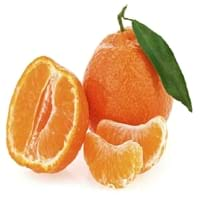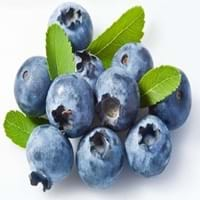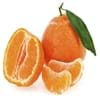Health Benefits
Cancer prevention, Heart care, Increases metabolic rate, Reduces stress
Cancer prevention, Cures gastro-intestinal troubles, Improves night vision, Improves stomach health, Prevents diabetes, Prevents high blood pressure, Reduces blood circulation problems
General Benefits
Boosts immune system, Controls blood pressure, Digestive aid, Eye care, Helps in weight loss
Fights against infections, Helps in weight loss, Prevents blood clotting in vessels, Treatment of urinary tract infections
Skin Benefits
Brightens and lightens complexion, Treatment of acne, Treatment of dark spots
Anti-aging benefits, Nourishes skin, Protects against skin damage
Hair Benefits
Promotes longer and healthier hair, Protects hair
Prevents hair loss
Allergy Symptoms
Abdominal pains, Breathing difficulty, Coughing, Diarrhea, Drop in blood pressure, Fainting, Runny nose, Skin rash, Sneezing, Swelling of mouth, tongue or lips, Vomiting
Not Available
Side Effects
Allergic reaction
Decrease in blood sugar levels, Diarrhoea, Dizziness, Headache, Internal bleeding, Stomach pain
Best Time to Eat
As a snack in the late afternoon, Don't consume at night and before bed, Eat the fresh ones, avoid mixing with any other foods, don't eat after meal., Morning time (before lunch)
As a snack in the late afternoon, Don't consume at night and before bed, Eat the fresh ones, avoid mixing with any other foods, don't eat after meal., Morning time (before lunch)
Vitamin A (Retinol)
Not Available
Vitamin B5 (Pantothenic Acid)
Vitamin C (Ascorbic Acid)
Vitamin K (Phyllochinone)
Lutein+Zeaxanthin
Not Available
Calories in Fresh Fruit with Peel
Not Available
Calories in Fresh Fruit without Peel
Not Available
Calories in Frozen Form
Not Available
Not Available
Calories in Dried Form
Not Available
Not Available
Calories in Canned Form
Not Available
Not Available
Varieties
Clemenules or Nules and Nadorcott
Dwarf bilberry, Piper, bog blueberry, Northern bilberry, Mountain bilberry and Oval-leaved bilberry
Inside Color
Orange
Light Green
Taste
Sweet, Tangy, Tart
Sweet
Soil Type
Loam, Sandy, Well-drained
Moist, Well-aerated
Climatic Conditions
Warm to hot climate
Cold
Facts about
- Clementine was first grown at the citrus research center in USA in 1909.
- It is called as"Christmas orange" as it's limited growing season falls during winter.
- It's a hybrid between Mediterranean and Oranges.
- Bilberries are used in manufacturing of alcoholic drinks.
- They are used to improve aromas of sorbets.
- The green extract of it's leaves is used in textile industry as natural dye.
Other Countries
Argentina, Brazil, Egypt, Italy, Japan, Morocco, Turkey, United States of America
Denmark, Finland, Iceland, Sweden
Top Importer
United States of America
United States of America
Botanical Name
Citrus clementina
Vaccinium myrtillus
Synonym
Not Available
blaeberry, whinberry, European blueberry, whortleberry
Subkingdom
Tracheobionta
Tracheobionta
Division
Magnoliophyta
Magnoliophyta
Class
Magnoliopsida
Magnoliopsida
Subclass
Rosidae
Dillenhidae
Order
Sapindales
Ericales
Family
Rutaceae
Ericaceae
Species
C. clementina
Vaccinium myrtillus
Generic Group
Citrus fruit
Heath
Difference Between Clementine and Bilberry
We might think that Clementine and Bilberry are similar with respect to nutritional value and health benefits. But the nutrient content of both fruits is different. Clementine and Bilberry Facts such as their taste, shape, color, and size are also distinct. The difference between Clementine and Bilberry is explained here.
The amount of calories in 100 gm of fresh Clementine and Bilberry with peel is Not Available and 44.00 kcal and the amount of calories without peel is 47.00 kcal and Not Available respectively. Thus, Clementine and Bilberry belong to Low Calorie Fruits and Low Calorie Fruits category.These fruits might or might not differ with respect to their scientific classification. The order of Clementine and Bilberry is Sapindales and Ericales respectively. Clementine belongs to Rutaceae family and Bilberry belongs to Ericaceae family. Clementine belongs to Citrus genus of C. clementina species and Bilberry belongs to Vaccinium genus of Vaccinium myrtillus species. Beings plants, both fruits belong to Plantae Kingdom.









